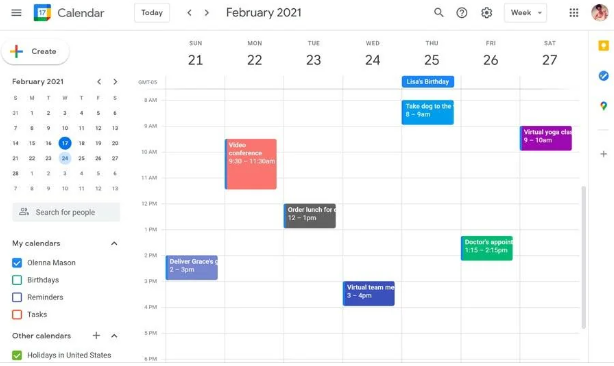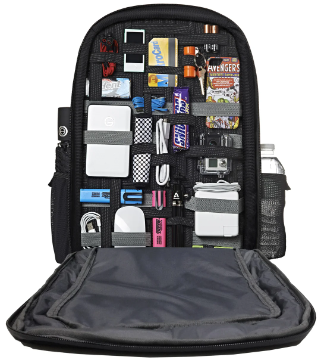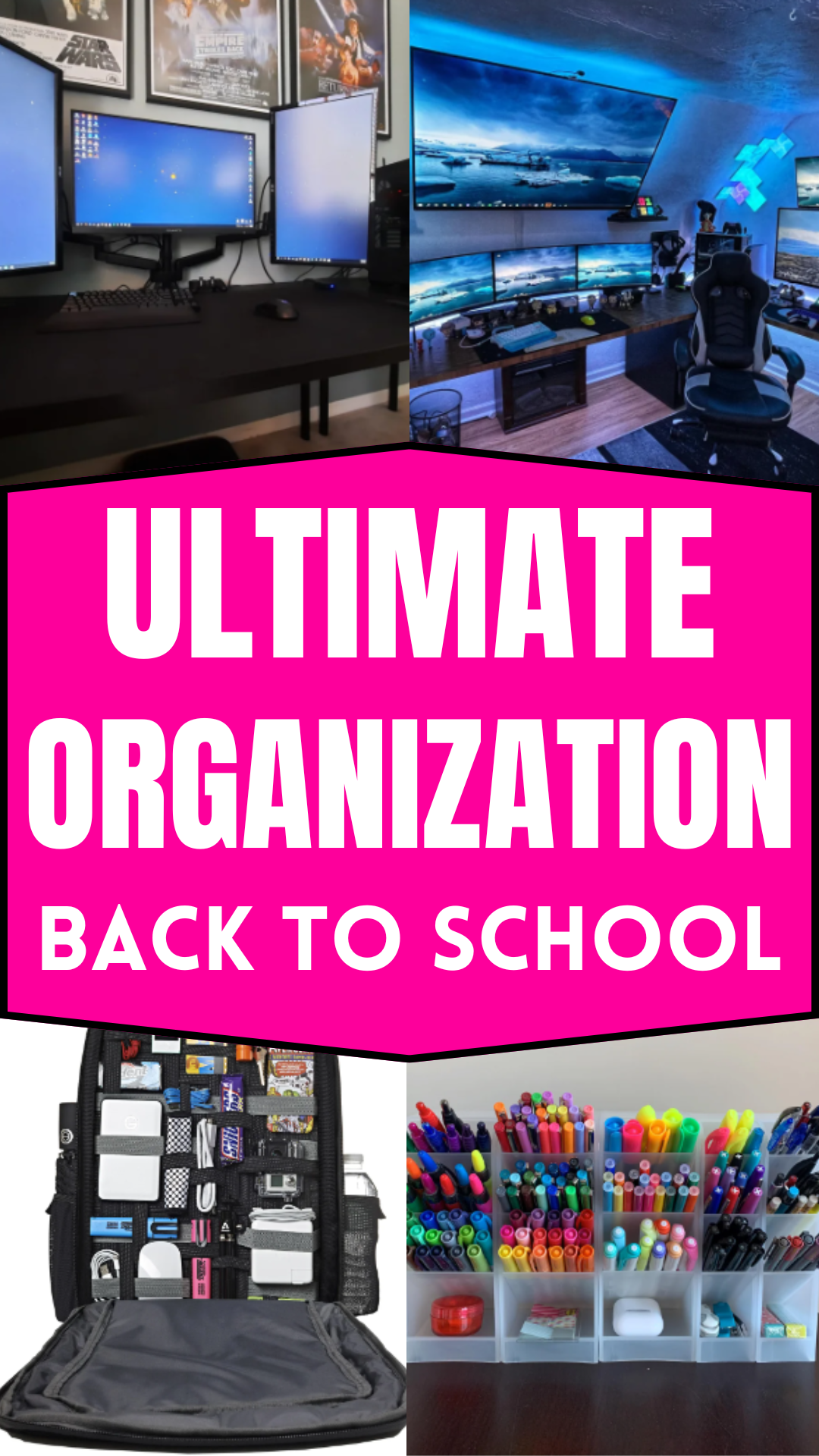Get Ready for Success: Ultimate Back to School Organization Tips
As the new school year approaches, it’s essential to start off on the right foot with effective organization strategies. Whether you’re a parent gearing up for hectic mornings or a student aiming for a smooth academic journey, these back-to-school organization tips will help you stay focused and prepared. Let’s dive into practical ways to organize your life for success!
1. Create a Command Center

![Image of command center]
Set up a command center at home to keep all school-related items in one place. Use a bulletin board or a wall-mounted organizer for schedules, calendars, and important papers. Designate sections for each family member to maintain clarity and organization.
Maintaining a central hub for school-related information helps everyone stay informed and on track with schedules, assignments, and extracurricular activities.
2. Establish a Morning Routine

![Image of morning routine]
Developing a consistent morning routine sets a positive tone for the day ahead. Include tasks like waking up at a specific time, getting dressed, having breakfast together, and packing bags. A structured routine reduces morning stress and ensures everyone starts their day prepared and on time.
3. Organize School Supplies

![Image of organized school supplies]
Create a designated area for school supplies such as pens, pencils, notebooks, and calculators. Use labeled containers or organizers to keep everything easily accessible. Encourage children to return items to their designated spots after use to maintain order throughout the school year.
4. Set Up a Homework Station

![Image of homework station]
Designate a quiet and well-lit space for homework and study sessions. Equip the area with a desk or table, comfortable seating, adequate lighting, and necessary school supplies. Minimize distractions to promote concentration and productivity during study time.
5. Plan Meals and Snacks

![Image of meal planning]
Prepare nutritious meals and snacks ahead of time to streamline busy school days. Create a weekly meal plan and involve children in selecting healthy options. Pack lunches and snacks the night before to save time in the morning and ensure balanced nutrition throughout the day.
6. Declutter and Organize Closets

![Image of organized closet]
Streamline mornings by organizing closets and drawers. Remove outgrown or unused clothing and donate or store them. Arrange remaining items by type or color for easy selection. Label shelves or use clear bins to keep shoes, backpacks, and accessories tidy and accessible.
7. Implement a Digital Calendar

![Image of digital calendar]
Utilize a digital calendar or scheduling app to track appointments, school events, and deadlines. Sync the calendar across family members’ devices for seamless communication and coordination. Set reminders for important dates to stay informed and prepared.
8. Create a Study Schedule

![Image of study schedule]
Establish a study schedule that includes dedicated time for homework, projects, and review sessions. Allocate specific blocks of time each day for academic tasks based on individual preferences and commitments. Stick to the schedule to foster good study habits and academic success.
9. Foster Communication with Teachers

![Image of communication with teachers]
Maintain open lines of communication with teachers throughout the school year. Attend parent-teacher meetings, respond to communications promptly, and stay informed about academic progress and classroom activities. Collaborate with teachers to support your child’s learning and development.
10. Organize Digital Files and Backpacks

![Image of organized digital files]
Manage digital files and organize backpacks to minimize clutter and ensure important documents are accessible. Use folders or cloud storage for school-related documents, assignments, and reference materials. Regularly clean out backpacks to remove unnecessary items and maintain organization.
11. Review and Adjust Regularly

![Image of review and adjust]
Regularly review and adjust organizational systems based on effectiveness and changing needs. Solicit feedback from family members and make necessary modifications to improve efficiency and reduce stress. Flexibility and adaptability are key to maintaining long-term organization success.
Conclusion
Preparing for a successful school year involves thoughtful planning and organization. By implementing these practical tips, you can create a structured environment that supports academic achievement and reduces stress for both students and parents. Stay organized, stay focused, and enjoy a productive school year ahead!
These back-to-school organization tips are designed to simplify your daily routine and enhance your overall organization skills. Implement these strategies to create a structured and stress-free environment for academic success.
